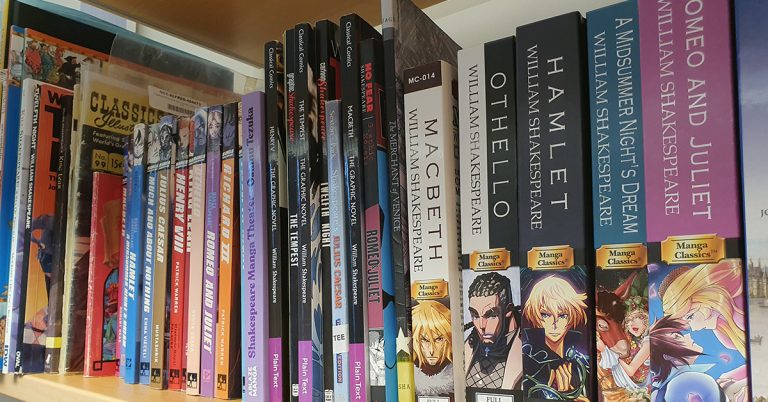
By Sophie Chiari

In Romeo and Juliet, the lovers are plagued by the dog days that overdetermine the climate of the play and turn heat into hate. Interestingly, Shakespeare’s sources all set the story in a cold winter which put forward images of purity (in connection with snow, in particular). By situating his own plot in a hot month of July, Shakespeare emphasises the ardent passions of his two young heroes. He also associates Juliet with July and suggests that the play’s ominous climatic background foreshadows its tragic ending.
In As You Like It, Shakespeare turns the idealised pastoral climate of his source, i.e. Thomas Lodge’s Rosalind, into a typical English one with harsh winds and cold temperatures. Coldness of course serves to underscore the sorry plight of Rosalind and Celia as they escape to the forest. Arden’s freezing air threatens the lovers’ happiness and seems at least partially responsible for their sterile thoughts and deeds. Fortunately, the winter wind proves a vital and spiritual force for the characters, and it transforms Arden’s bleak vacuum into a poetic refuge.
In King Lear, first performed in 1606, the storm probably echoes the disastrous climatic episodes experienced by Shakespeare and its contemporaries. But there’s more to it. In the play, it eradicates all hopes of love and tenderness as its divine origin is constantly questioned and finally refuted. However, the thunder acts as a conscience-raiser leading the old king to acquire a form of self-knowledge as well as a new understanding of the reality of the world around him. If the sun then blinded him, the flashes of lightning now enlighten him.
In Antony and Cleopatra, the absence of any sort of wind symbolically suggests an ageing civilisation. As an embodiment of the southern woman supposedly unable to control her fleshy appetites, Cleopatra is a seductress. For an early modern audience, the muddy ground of Egypt must have symbolised the lovers’ slippery relationship, indirectly referred to through the image of the sinking sands. Ultimately, the shifting clouds and the flowing Nile call attention to the dissolution of living beings.
In The Tempest, the howling winds raised by Prospero look like the hurricanes encountered by early modern sailors in quest of the New World. The motif of the fiery ocean, for example, had initially been exploited by early modern travellers before being recycled in the travel narratives that gathered and rewrote the explorers’ testimonies. What strikes us today, however, is that Prospero seemingly interacts with the natural world as a man of science able to control the elements. But do actual storms really occur in the play?

Sophie Chiari is Professor of Early Modern English literature at Université Clermont Auvergne, France. She is interested in early modern representations and ideas. Her current research focuses on the Elizabethan and Jacobean approaches to nature and environment.
Shakespeare’s Representation of Weather, Climate and Environment: The Early Modern ‘Fated Sky’ publishes in December 2018.




